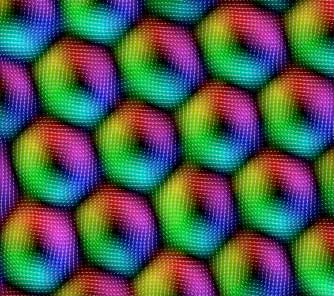
Wednesday, January 23, 2019
Taking magnetism for a spin: exploring the mysteries of skyrmions
New water splitting catalyst could make it easier to generate solar fuel
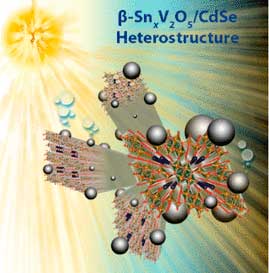
New 3-D nanoprinting strategy opens door to revolution in medicine, robotics
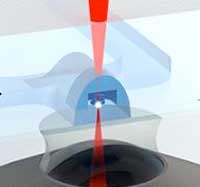
Researchers find the trick to molding metal at the nanoscale
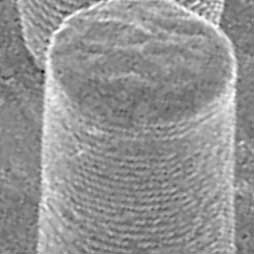
Multitasking graphene ink printed into tiny flexible supercapacitors
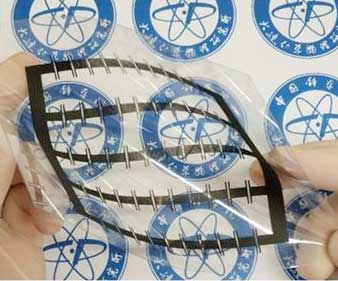
Current generation via quantum proton transfer
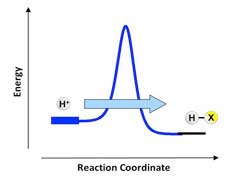
Collision of individual atoms leads to twofold change of angular momentum
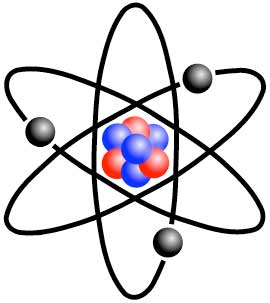
Subscribe to:
Comments (Atom)
